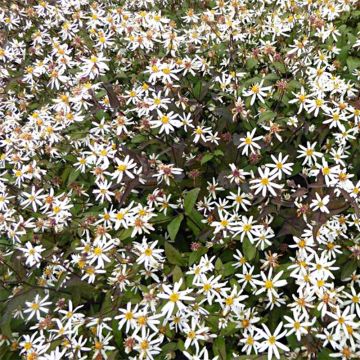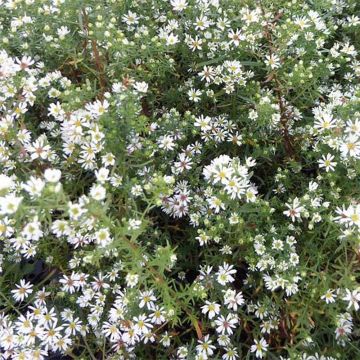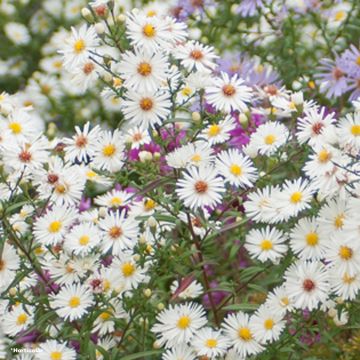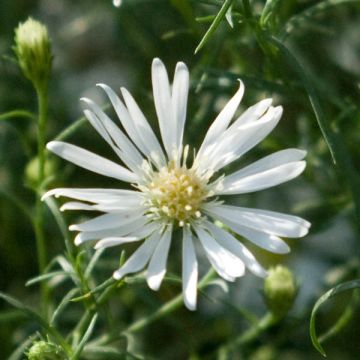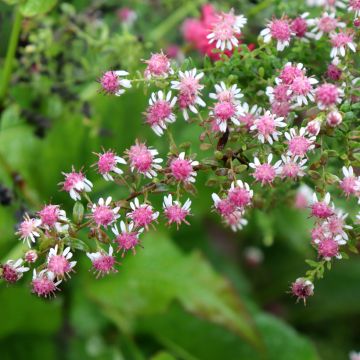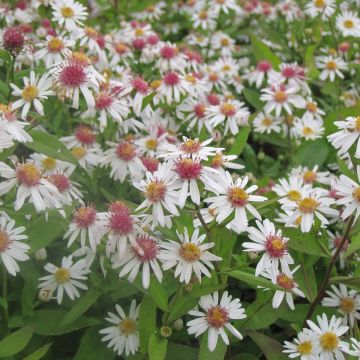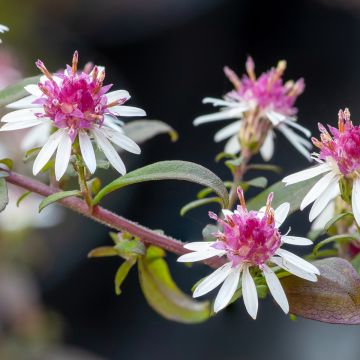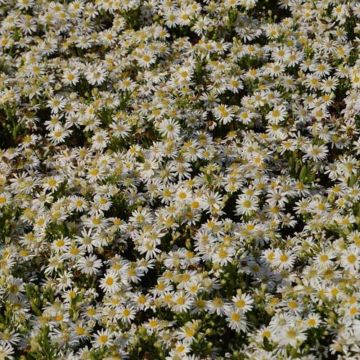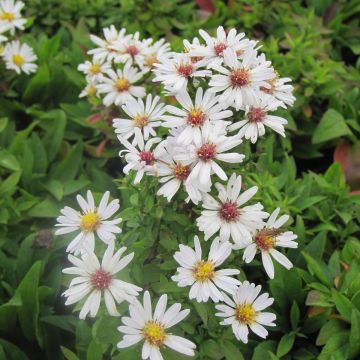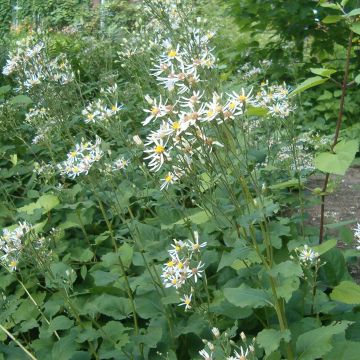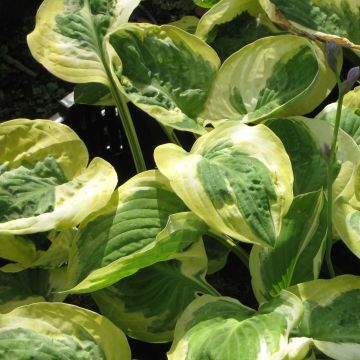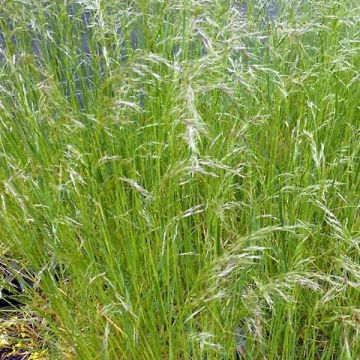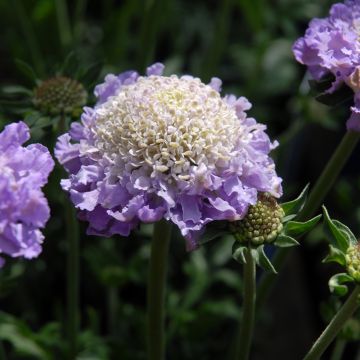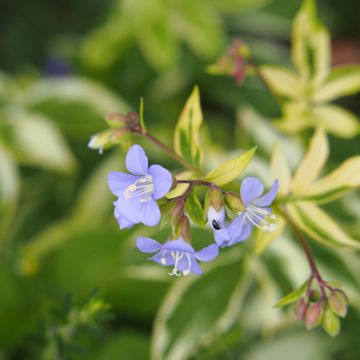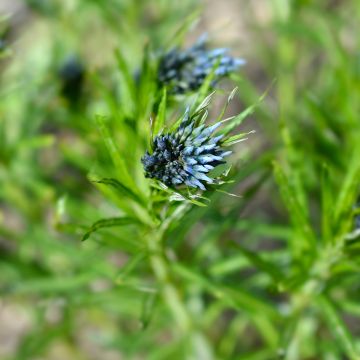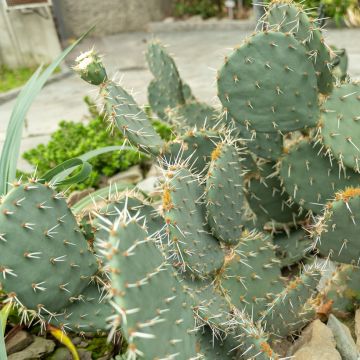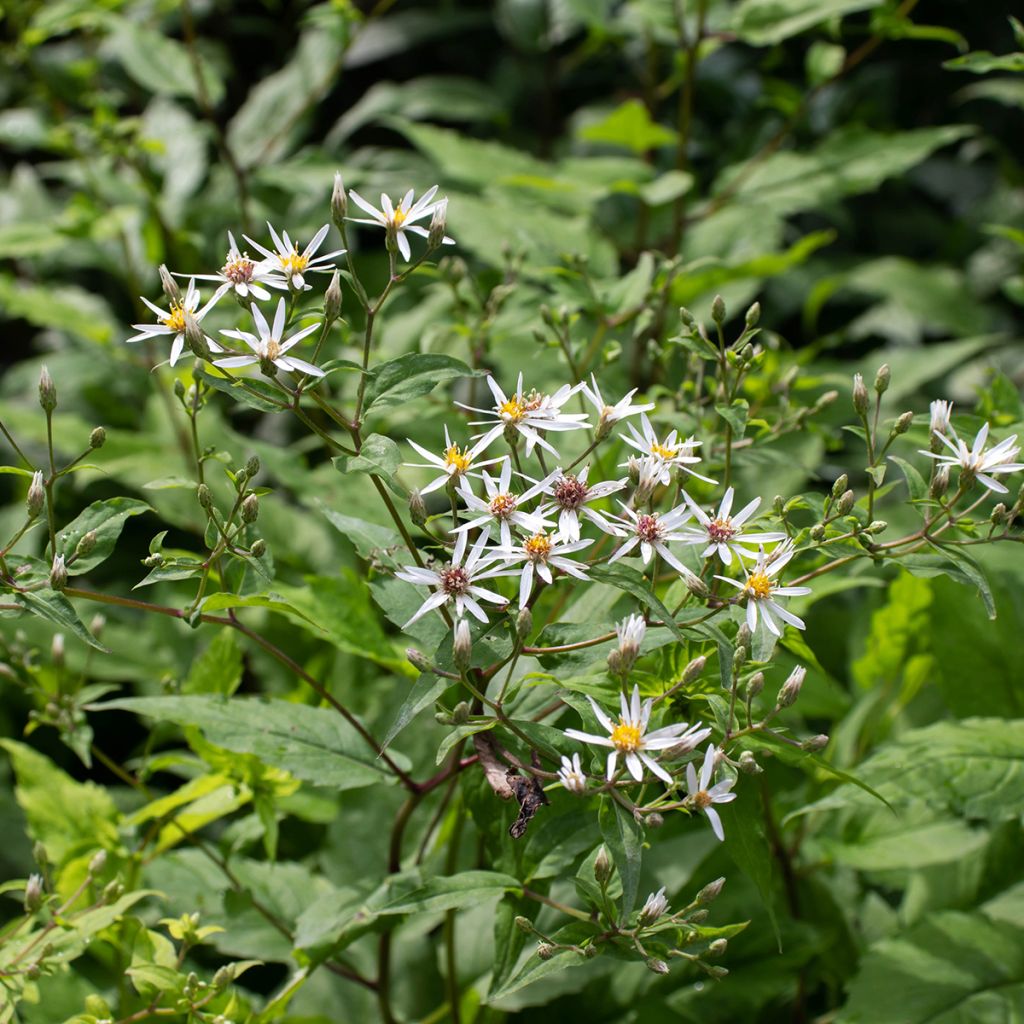

Aster divaricatus
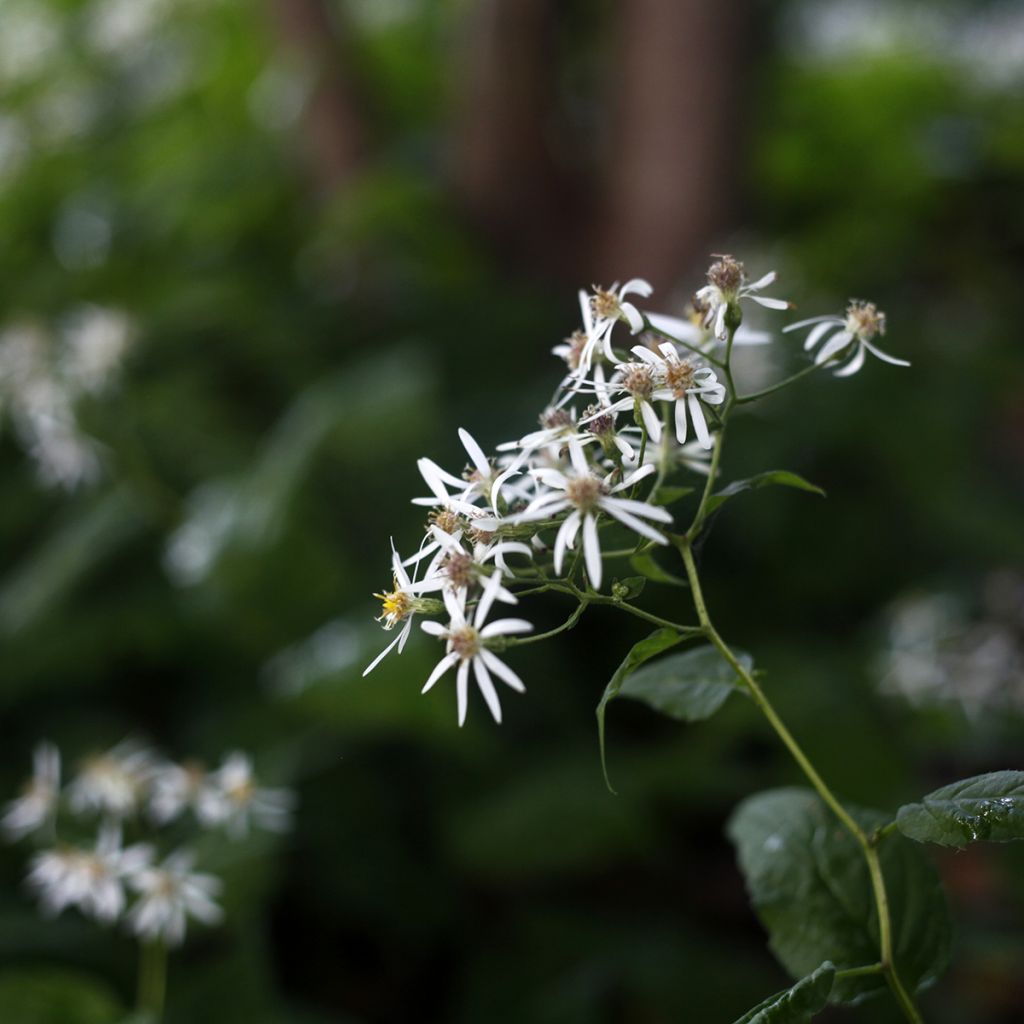

Aster divaricatus
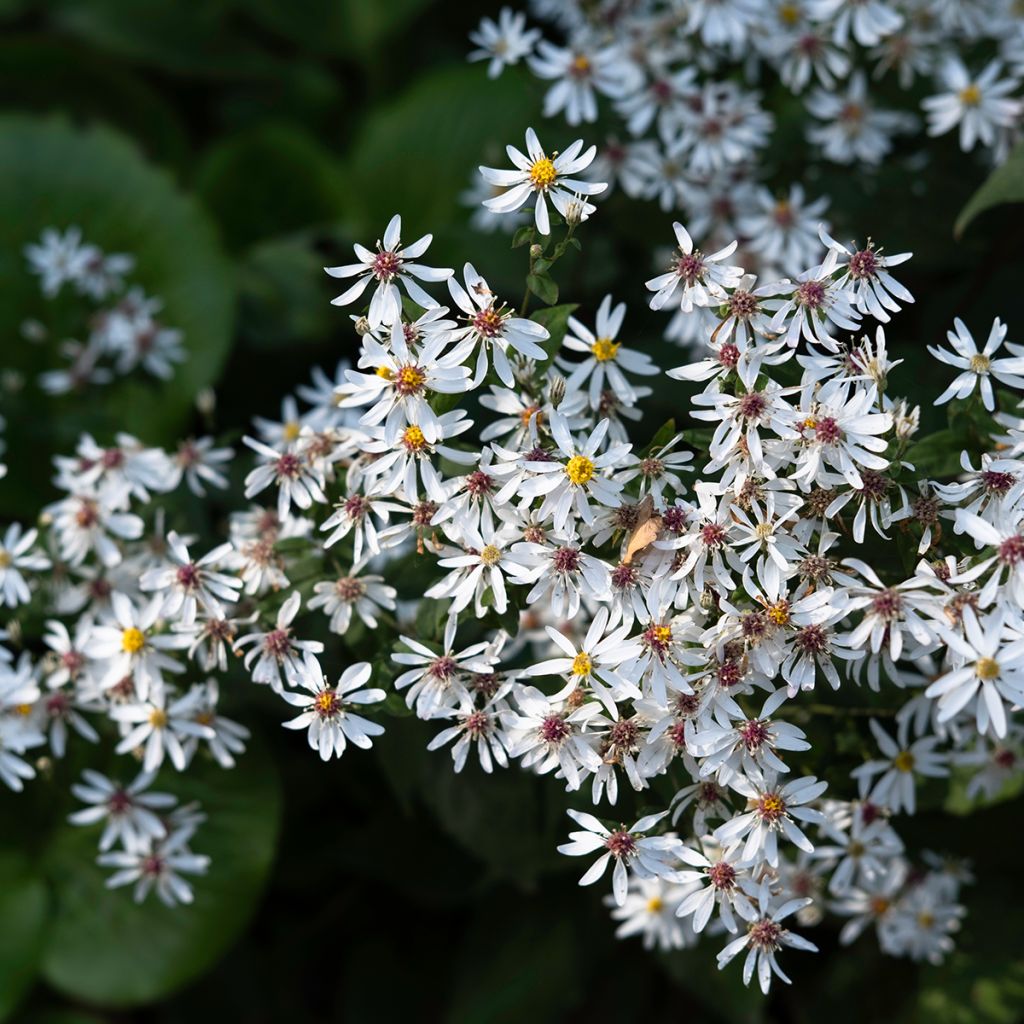

Aster divaricatus
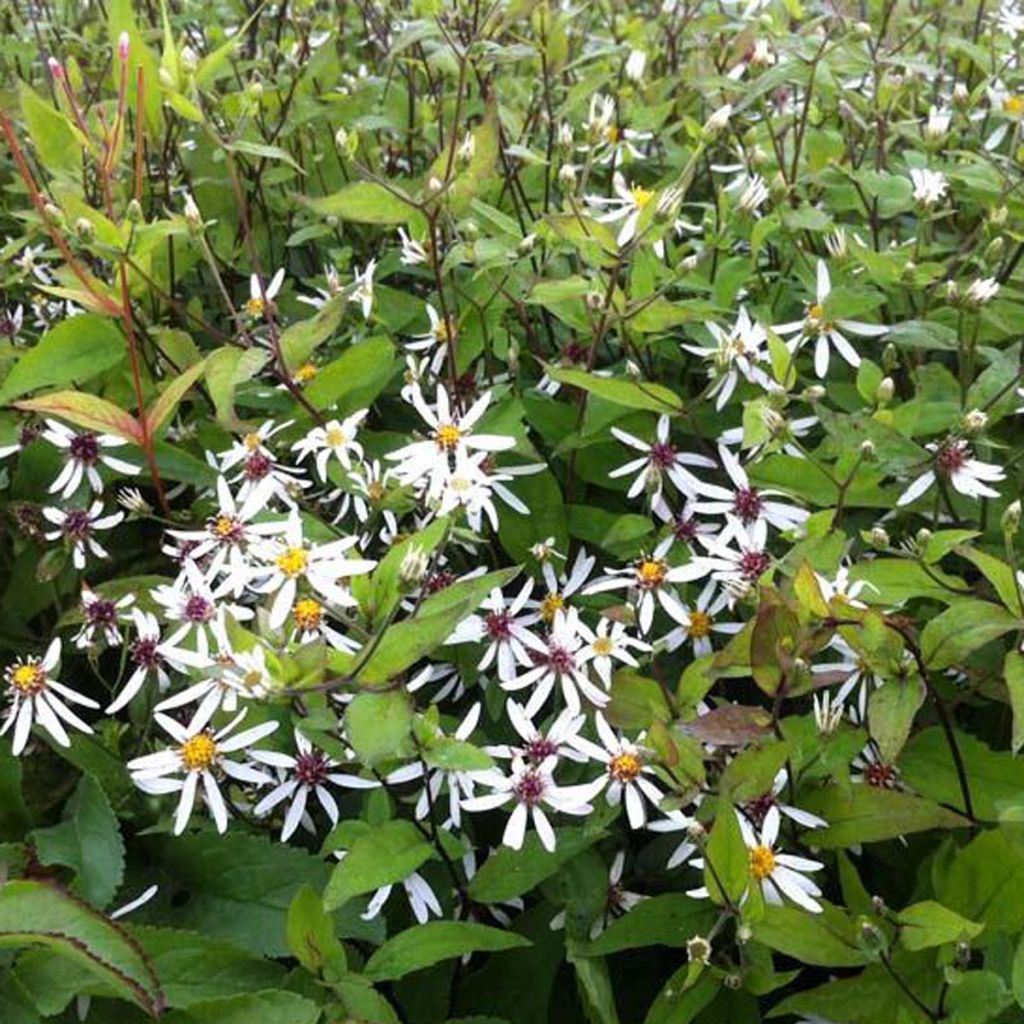

Aster divaricatus
Aster divaricatus
Aster divaricatus
White wood aster, Eastern star, Woodland aster
Excellent growth. In a few weeks, the young plant has tripled in size. I am looking forward to the end of summer to discover the flowers.
Marie-Laure, 09/06/2022
Why not try an alternative variety in stock?
View all →This plant carries a 12 months recovery warranty
More information
We guarantee the quality of our plants for a full growing cycle, and will replace at our expense any plant that fails to recover under normal climatic and planting conditions.
From €5.90 for pickup delivery and €6.90 for home delivery
Express home delivery from €8.90.
Delivery to Corse prohibited: UE law prohibits the import of this plant from mainland France to Corse as part of the fight against Xylella fastidiosa. Please accept our sincere apologies.
More information

Does this plant fit my garden?
Set up your Plantfit profile →
Description
Aster divaricatus, also known as Eurybia divaricata, is native to woodland gardens and dappled shade. Spreading through rootstocks, it quickly forms loose and spreading clumps, adorned with broad foliage for an aster. In late summer, this perennial is covered with loose clusters of small white flowerheads. Very hardy and easy to grow, it is the perfect plant for wild gardens.
Aster divaricatus belongs to the Asteraceae family. It is native to the Appalachians and clearings in Canada (eastern North America). This perennial exhibits a spreading and open habit, forming loose clumps from spring onwards. It will reach a height of 50cm (20in) when flowering, and spread over 50cm (20in), with rapid growth. The abundant flowering takes place in September and October. The inflorescence is a head with white ligulate peripheral flowers. The central flowers (the heart) are bright yellow. Together, they form delicate clusters composed of countless small white flowers. This aster is a deciduous perennial with sturdy and branching stems, dark mahogany in colour. The leaves are broad at the base, pointed at their tips, medium green, turning more purple in the sun and towards the end of the season. This plant quickly spreads through branching rootstocks that elongate and become woody with age.
It is impossible to imagine our homes without aster beds or borders. Aster divaricatus is particularly undemanding. It pairs well with all other plants in a flower bed, such as Salvia microphylla, Crocosmia 'Meteore', Rudbeckia triloba, or Aster cordifolius and its cultivars 'Ideal' or 'Little Carlow'. Its knotty branches, with a flexible and spreading habit, make excellent ground cover. It will thrive when planted in groups in large beds at the base of trees or bushes, but can also be combined with other robust shade-loving perennials: Ligularia dentata 'Desdemona', Trachystemon orientale. This plant is also an excellent cut flower.
Report an error about the product description
Aster divaricatus in pictures
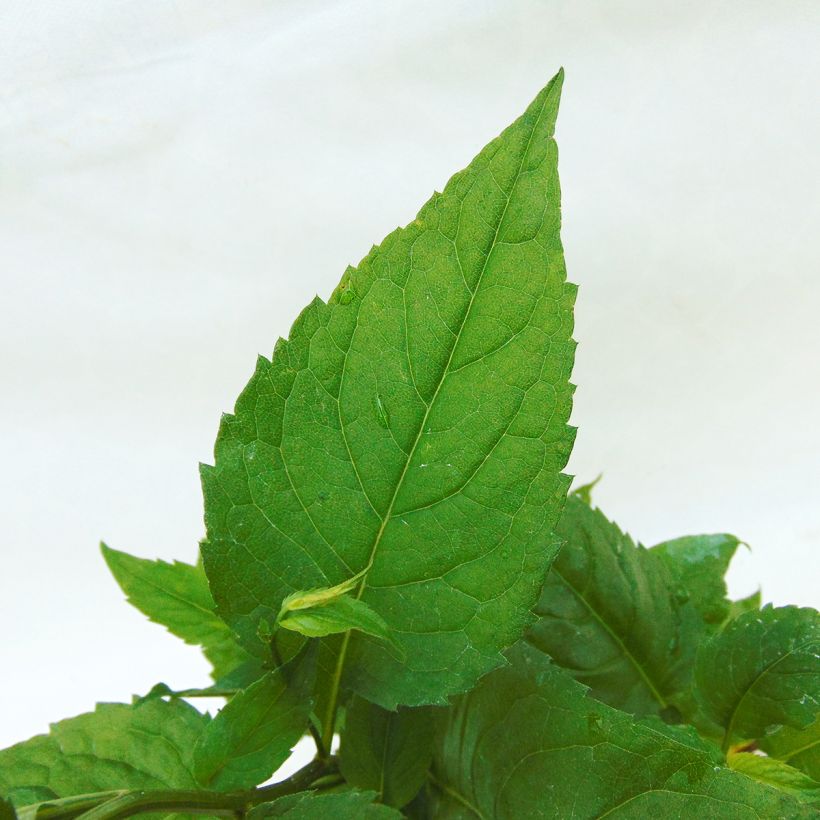

Flowering
Foliage
Plant habit
Botanical data
Aster
divaricatus
Asteraceae
White wood aster, Eastern star, Woodland aster
Eurybia divaricata
North America
Other Asters
Planting and care
Aster divaricatus, a very accommodating plant, is resistant to powdery mildew, a common disease among many asters. Plant it in autumn or spring in ordinary, fairly rich, moist to occasionally dry soil. It prefers a semi-shaded exposure, but can tolerate full sun. This aster is the only one that thrives near the not too powerful roots of trees and bushes. It is important to avoid strong winds that would flatten the clumps. Once established, it is best not to move it as it does not appreciate changes. In a flower bed, maintain a spacing of at least 50cm (20in) between plants. Divide the clumps every three years to keep them floriferous.
Planting period
Intended location
Care
-
, onOrder confirmed
Reply from on Promesse de fleurs
Summer flowering perennials
Haven't found what you were looking for?
Hardiness is the lowest winter temperature a plant can endure without suffering serious damage or even dying. However, hardiness is affected by location (a sheltered area, such as a patio), protection (winter cover) and soil type (hardiness is improved by well-drained soil).

Photo Sharing Terms & Conditions
In order to encourage gardeners to interact and share their experiences, Promesse de fleurs offers various media enabling content to be uploaded onto its Site - in particular via the ‘Photo sharing’ module.
The User agrees to refrain from:
- Posting any content that is illegal, prejudicial, insulting, racist, inciteful to hatred, revisionist, contrary to public decency, that infringes on privacy or on the privacy rights of third parties, in particular the publicity rights of persons and goods, intellectual property rights, or the right to privacy.
- Submitting content on behalf of a third party;
- Impersonate the identity of a third party and/or publish any personal information about a third party;
In general, the User undertakes to refrain from any unethical behaviour.
All Content (in particular text, comments, files, images, photos, videos, creative works, etc.), which may be subject to property or intellectual property rights, image or other private rights, shall remain the property of the User, subject to the limited rights granted by the terms of the licence granted by Promesse de fleurs as stated below. Users are at liberty to publish or not to publish such Content on the Site, notably via the ‘Photo Sharing’ facility, and accept that this Content shall be made public and freely accessible, notably on the Internet.
Users further acknowledge, undertake to have ,and guarantee that they hold all necessary rights and permissions to publish such material on the Site, in particular with regard to the legislation in force pertaining to any privacy, property, intellectual property, image, or contractual rights, or rights of any other nature. By publishing such Content on the Site, Users acknowledge accepting full liability as publishers of the Content within the meaning of the law, and grant Promesse de fleurs, free of charge, an inclusive, worldwide licence for the said Content for the entire duration of its publication, including all reproduction, representation, up/downloading, displaying, performing, transmission, and storage rights.
Users also grant permission for their name to be linked to the Content and accept that this link may not always be made available.
By engaging in posting material, Users consent to their Content becoming automatically accessible on the Internet, in particular on other sites and/or blogs and/or web pages of the Promesse de fleurs site, including in particular social pages and the Promesse de fleurs catalogue.
Users may secure the removal of entrusted content free of charge by issuing a simple request via our contact form.
The flowering period indicated on our website applies to countries and regions located in USDA zone 8 (France, the United Kingdom, Ireland, the Netherlands, etc.)
It will vary according to where you live:
- In zones 9 to 10 (Italy, Spain, Greece, etc.), flowering will occur about 2 to 4 weeks earlier.
- In zones 6 to 7 (Germany, Poland, Slovenia, and lower mountainous regions), flowering will be delayed by 2 to 3 weeks.
- In zone 5 (Central Europe, Scandinavia), blooming will be delayed by 3 to 5 weeks.
In temperate climates, pruning of spring-flowering shrubs (forsythia, spireas, etc.) should be done just after flowering.
Pruning of summer-flowering shrubs (Indian Lilac, Perovskia, etc.) can be done in winter or spring.
In cold regions as well as with frost-sensitive plants, avoid pruning too early when severe frosts may still occur.
The planting period indicated on our website applies to countries and regions located in USDA zone 8 (France, United Kingdom, Ireland, Netherlands).
It will vary according to where you live:
- In Mediterranean zones (Marseille, Madrid, Milan, etc.), autumn and winter are the best planting periods.
- In continental zones (Strasbourg, Munich, Vienna, etc.), delay planting by 2 to 3 weeks in spring and bring it forward by 2 to 4 weeks in autumn.
- In mountainous regions (the Alps, Pyrenees, Carpathians, etc.), it is best to plant in late spring (May-June) or late summer (August-September).
The harvesting period indicated on our website applies to countries and regions in USDA zone 8 (France, England, Ireland, the Netherlands).
In colder areas (Scandinavia, Poland, Austria...) fruit and vegetable harvests are likely to be delayed by 3-4 weeks.
In warmer areas (Italy, Spain, Greece, etc.), harvesting will probably take place earlier, depending on weather conditions.
The sowing periods indicated on our website apply to countries and regions within USDA Zone 8 (France, UK, Ireland, Netherlands).
In colder areas (Scandinavia, Poland, Austria...), delay any outdoor sowing by 3-4 weeks, or sow under glass.
In warmer climes (Italy, Spain, Greece, etc.), bring outdoor sowing forward by a few weeks.


































